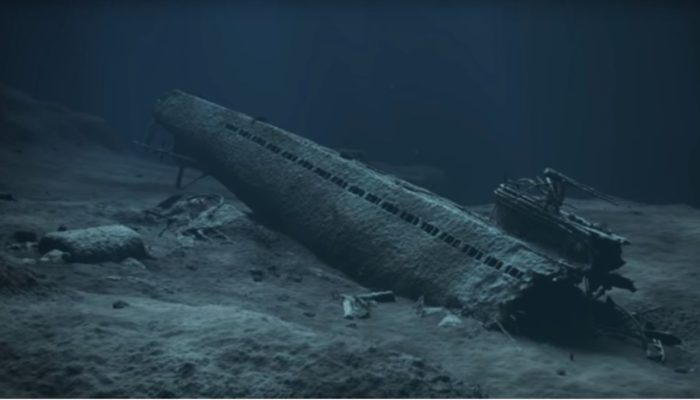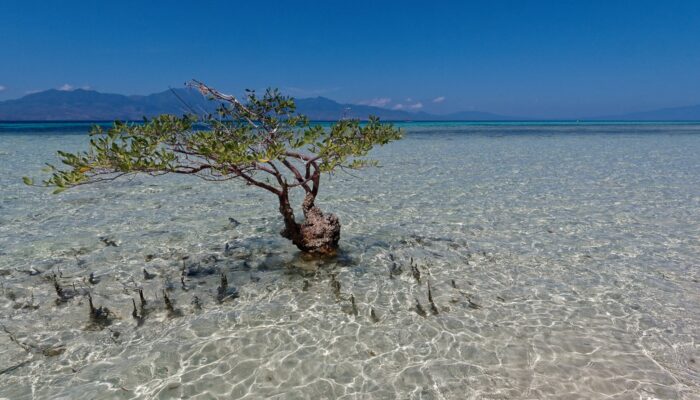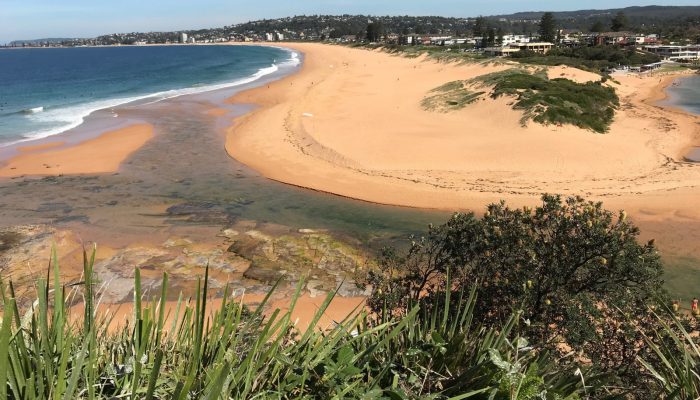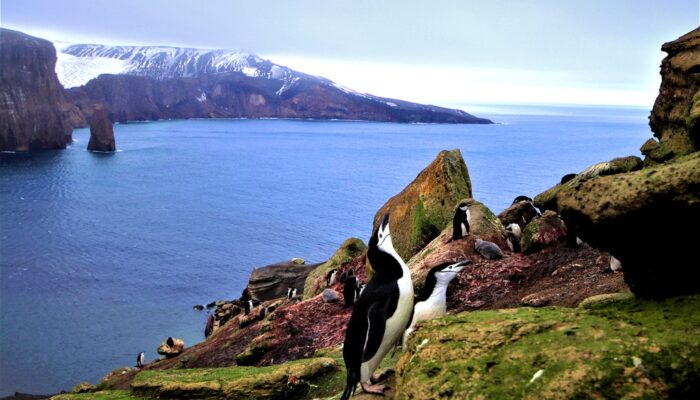I recently had the opportunity to interview Matthias Kaiser, a professor at Bergen University and, at the time of the interview, Director of the Centre for the Study of the Sciences and the Humanities. He is part of an expert team that has given scientific advice to Norwegian policymakers, highlighting the issues that should be considered when dealing with the U-864 submarine wreckage and its carg ...[Read More]
GeoPolicy: Preventing mercury leakage from a WWII submarine




